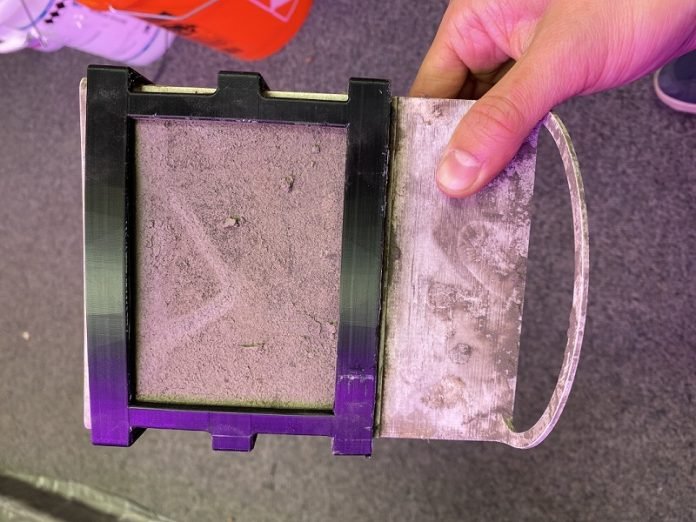
Imagine a world where electronic devices are powered not by batteries or solar panels, but by the very soil beneath our feet.
This isn’t a scene from a science fiction novel, but the result of groundbreaking work by a team at Northwestern University.
They’ve developed a novel fuel cell that draws energy from microbes in the soil, potentially revolutionizing how we power certain devices.
This device, about the size of a standard book, offers a sustainable and renewable energy source. It’s an exciting alternative to batteries, which can be harmful to the environment.
Batteries contain toxic chemicals that can leak into the soil and are made from materials that often come from conflict-ridden regions. Plus, they contribute to the growing problem of electronic waste.
To test their invention, the researchers powered sensors that measure soil moisture and can detect when an animal walks by. They even added a small antenna to the setup, allowing the sensor to send data wirelessly.
What’s remarkable about this fuel cell is its resilience. It works well in both wet and dry conditions and has a lifespan 120% longer than similar technologies.
This research, published in the Proceedings of the ACM on Interactive, Mobile, Wearable, and Ubiquitous Technologies, is not just for academic circles. The team has made all designs, tutorials, and tools public, so anyone can use and build upon their work.
Bill Yen, a Northwestern alumnus who led the research, highlights the growing need for such innovation. With the number of devices in the Internet of Things (IoT) rapidly increasing, relying on traditional materials like lithium and heavy metals isn’t sustainable or environmentally friendly. This soil-powered technology could provide the necessary energy for a decentralized network of devices.
The soil microbial fuel cells (MFCs) use special microbes that break down organic carbon in the soil. As long as there’s organic matter for the microbes to consume, the fuel cell can keep working—potentially forever.
George Wells, a senior author of the study and associate professor at Northwestern, explains that these microbes are found in soil everywhere. While the energy harvested is small, it’s perfect for low-power applications like sensors in agriculture or environmental monitoring.
The concept of MFCs isn’t new; they were first introduced in 1911.
However, their practical application has been limited due to challenges like maintaining hydration and oxygenation underground. Yen’s team tackled these challenges by designing a fuel cell with a unique geometry.
The anode (made of carbon felt) lies horizontally, while the cathode (made of conductive metal) is vertical, protruding slightly above ground to ensure airflow. This design allows the fuel cell to stay hydrated and oxygenated, even in varying soil conditions.
The researchers’ prototype outperformed expectations, working efficiently in both dry and water-logged environments. It generated 68 times more power than needed for its sensors and adapted well to changes in soil moisture.
Looking to the future, the team aims to create a soil-based MFC from fully biodegradable materials. This approach avoids complex supply chains and the use of conflict minerals. Josiah Hester, a co-author of the study, emphasizes the importance of this in light of recent global supply chain disruptions.
This innovation opens up new possibilities for powering devices in remote or rural areas, especially for precision agriculture and environmental monitoring. It’s a step towards making computing and sensor technology more accessible and sustainable for communities everywhere.



